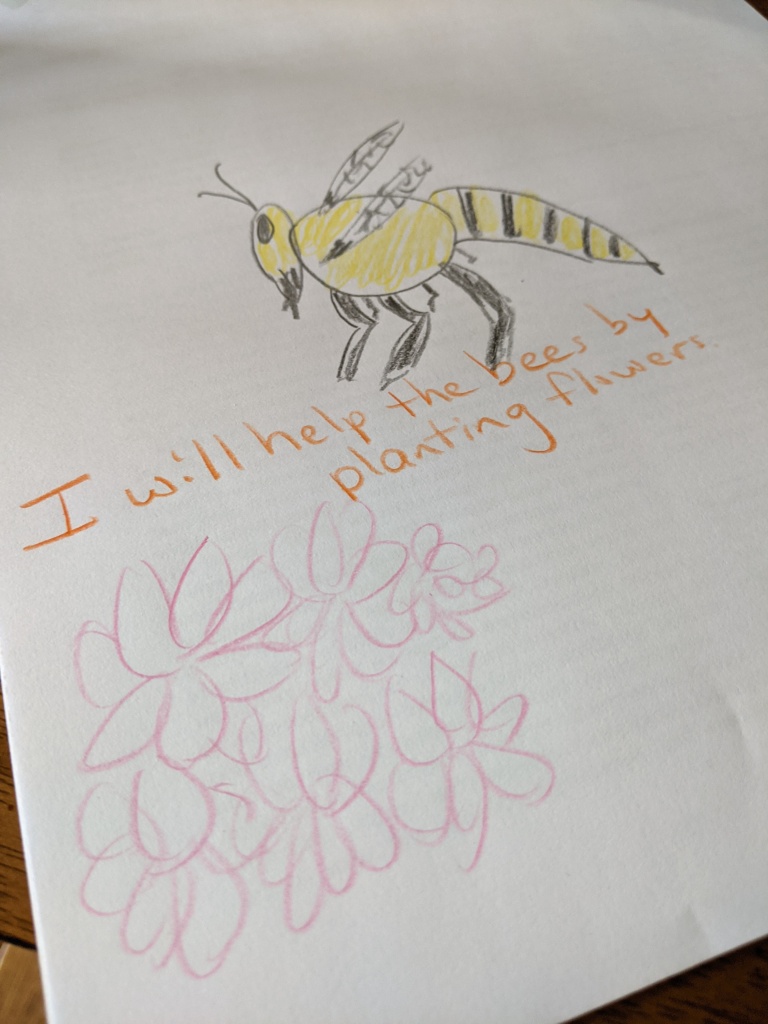If you tuned into my blog last week, you read about my new team up with Positive Steps Therapy. They will be providing tips and tricks to help your child with all sorts of activities that work on improving and increasing developmentally appropriate skills (gross motor, fine motor, speech and language and more).
On Saturday, I posted the first post together on gross motor development. You can check it out here. Today I’m going to share how I would incorporate some of these skills into this week’s topic!
Movement! Children love movement, and movement is key for gross motor development. Here are three links to videos to get your kiddos moving: The Insect Song with Will Parker, Bug ‘n Roll by Pinkfong and Enzo the Bee with Cosmic Kid Yoga. These videos can be watched and followed along. The two song videos you can just listen to the music and you and your child can make up your own moves and actions.
Want to play a game? Create your own dice with insect movements. Grab a cardboard box. Have your child draw 6 different insects, one on each side. Now toss the box to roll it. Whatever insect is on the top, your child must move like that insect. You can let them choose when to switch or set a timer for each movement. This is a great activity to take outside. Some suggested insects and movements– crawl like an ant, flutter like a butterfly, buzz around fast like a bee, jump/hop like a grasshopper, pounce like a mantis, fly like a ladybug.
Here are some of the Positive Step ideas that can be changed into insect activities:
- 2-3 Feed the frogs – Cut out frogs or other animals or use stuffed animals and place them at the bottom of the stairs. Place pom poms (food for animals) on the first few steps. Tell your child to walk up a certain number of stairs and collect the food to bring them to the frogs. Encourage your child to alternate feet on the stairs.
- 3-4 Perform animal walks to encourage gross motor development and overall strengthening. Use your imagination and practice being different animals such as bear, frog, kangaroo, flamingo, horse, and crab.
- 4-5 Practice jumping with two feet progressing to one foot by using hula hoops as place markers





